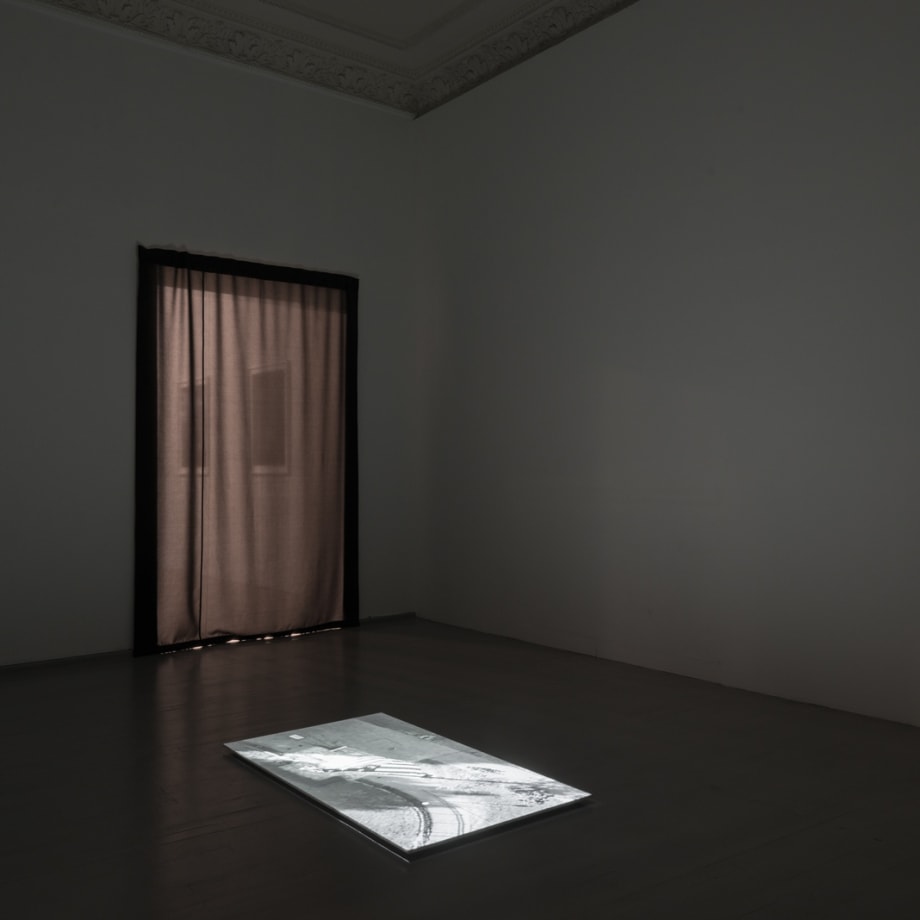Tomas van Houtryve: Blue Sky Days
In October 2012, a drone strike in northeast Pakistan killed a 67-year-old woman picking okra outside her home. At a U.S. Congressional hearing held in Washington in October 2013, the woman’s 13-year-old grandson, Zubair Rehman, spoke to a group of lawmakers. “I no longer love blue skies,” said Rehman, who was injured by shrapnel in the attack. “In fact, I now prefer gray skies. The drones do not fly when the skies are gray.”
According to strike reports compiled by investigative journalists, Zubair Rehman’s grandmother is one of several thousand people killed by covert U.S. drone strikes since 2004. Although we live in the most media-connected age in history, the public has scant visual records of the drone war and its casualties.
As a response, the artist decided to attach his camera to a small drone and travel across America to photograph the very sorts of gatherings mentioned in strike reports from Pakistan and Yemen –weddings, funerals, groups of people praying or exercising. He made a list of “targets” to observe from the sky by reading hundreds of these reports. He also flew his camera over settings in which drones are used over America to less lethal effect, such as prisons, oil fields, and the U.S.-Mexico border.
Maecenas
Živilė and Jonas Garbaravičius
Patron
Rolandas Valiūnas
Exhibition supported by
Ministry of Culture of the Republic of Lithuania, The Lithuanian Council for Culture
Gallery supported by
Vilnius City Municipality, Vilma Dagilienė, Romas Kinka, Ararat, Lietuvos Rytas, Ekskomisarų biuras, Namai ir objektai, Farrow and Ball, Libra Vitalis
On 8 September 2017, the opening of the exhibition Blue Sky Days will take place at Vartai gallery. The artist will present a visual record of a drone war through aerial imagery that interweaves metaphor and reportage, occupying the fertile intersection between art and documentary.
In October 2012, a drone strike in northeast Pakistan killed a 67-year-old woman picking okra outside her home. At a U.S. Congressional hearing held in Washington in October 2013, the woman’s 13-year-old grandson, Zubair Rehman, spoke to a group of lawmakers. “I no longer love blue skies,” said Rehman, who was injured by shrapnel in the attack. “In fact, I now prefer gray skies. The drones do not fly when the skies are gray.”
According to strike reports compiled by investigative journalists, Zubair Rehman’s grandmother is one of several thousand people killed by covert U.S. drone strikes since 2004. Although we live in the most media-connected age in history, the public has scant visual records of the drone war and its casualties.
As a response, the artist decided to attach his camera to a small drone and travel across America to photograph the very sorts of gatherings mentioned in strike reports from Pakistan and Yemen –weddings, funerals, groups of people praying or exercising. He made a list of “targets” to observe from the sky by reading hundreds of these reports. He also flew his camera over settings in which drones are used over America to less lethal effect, such as prisons, oil fields, and the U.S.-Mexico border.
‘By creating these images, I aim to draw attention to the changing nature of personal privacy, surveillance, and contemporary warfare. As Albert Camus said, “By definition, a government has no conscience. Sometimes it has a policy, but nothing more.” In many ways, drones, particularly those used by the military, are the ultimate representation of delivering a policy without conscience, without empathy. As more drones fill the sky, we should consider how this technology will be used and experienced. Will the sight of drones overhead eventually seem as ordinary as an airplane or bird? Or will people start wishing for gray skies like Zubair Rehman?’
Tomas van Houtryve is an artist, photographer and author who engages critical contemporary issues around the world. Tomas has had solo exhibitions in Paris, New York City, Barcelona and Italy. His work is included in multiple private collections in Europe, Asia and the United States and in the permanent collections of the International Center of Photography Museum, the Nelson-Atkins Museum of Art, the Museum of Contemporary Photography in Chicago, and the Open Society Foundations.

































